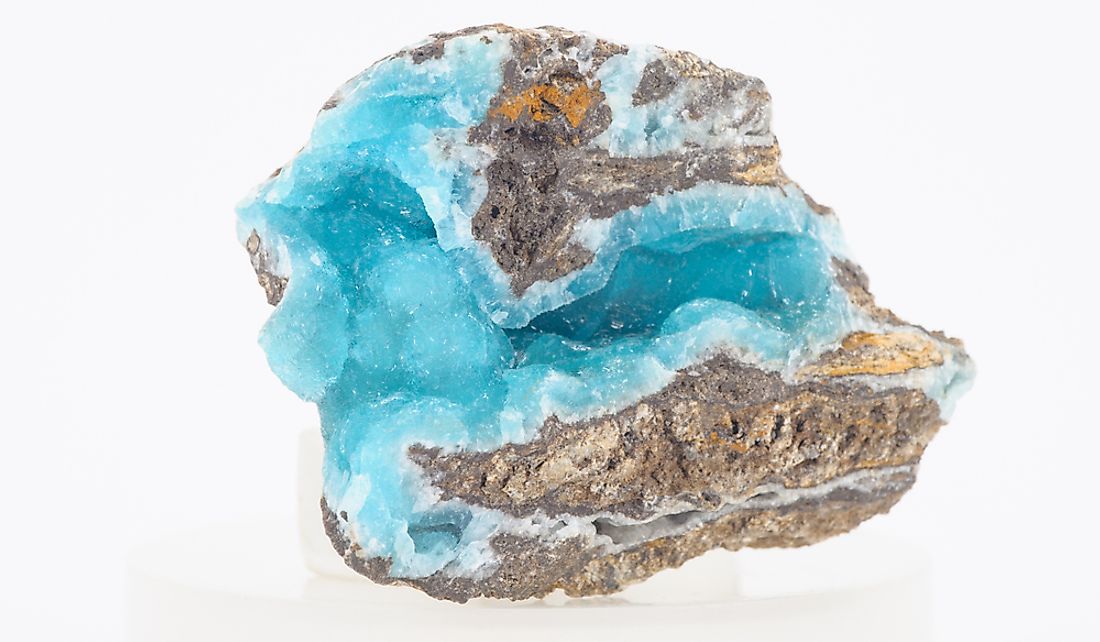What Is A Vug?

The surface of a rock can contain various types of openings that range in size, from a small crack to a large hole that can accommodate other elements such as pebbles and small rocks. The types of holes that can form in a rock include a ruse, geode, mold, pit, pocket, pore, vesicle, phoload, and vug. In geology, a vug refers to a small cavity inside a rock that is formed through various processes and can be partially filled by different minerals such as calcite and quartz.
Formation
Vugs are formed when mineral crystals inside rocks are removed through the processes of dissolution or erosion, which leave voids inside the rock. Most vugs are filled with water that is saturated with minerals and flows through the rock. This mineralization of vugs occurs in stages. Fine crystals are always found in vugs, as the open space of the cavity enables the development of external crustal forms.
Difference Between a Vug and Other Openings
Several types of openings or cavities in rocks may resemble vugs but have different characteristics. Examples include geodes, druses, and miarolitic cavities. While vugs are cavities in rocks that are filled with different types of minerals, druses are also small cavities but are differentiated by the fact that they are lined with crystals of the same mineral found in the host rock. Miarolitic cavities are cavities that form on coarse-grained igneous rocks and are lined with crystals of the same mineral as the rock protruding into them. Geodes, on the other hand, are small cavities commonly found in limestone and have a drusy lining of calcite or quartz crystal. The term "geode" is usually reserved for round crystal-lined cavities in limestone and ancient lava.
The World’s Largest Vug
The largest vug in the world is the Crystal Cave, located in Put-in-Bay, in the US state of Ohio. The limestone cave is 35 feet in diameter at its widest point and is situated 40 feet underground. The vug was discovered in 1897 by a group of workers while digging a well for a winery. At the time of its discovery, the vug had extremely well developed tubular crystals, which turned out to be celestite, and ranged in length from 8 inches to 3 feet. Since its discovery, the size of the Crystal Cave has increased significantly due to the harvesting of celestite crystals, which were used to make fireworks. However, mining within the vug no longer occurs, and it is currently preserved and accessible to tourists. Crystals form an extensive lining on the wall of the cave, and although the origin of the crystals is unknown, they are likely hydrothermal. Other caves within the vicinity do not have the same crystal lining as the Crystal Cave.











